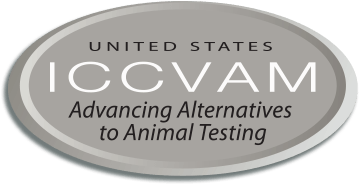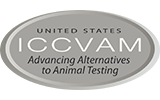GARD models for identification of potential skin and respiratory sensitizers
To explore broadening the number of test methods that can be used in defined approaches to identify skin sensitizers, NIEHS scientists used the GARD®skin assay (SenzaGen AB) to test 31 substances nominated by several U.S. federal agencies. GARDskin results were applied as a substitute for results from the human cell line activation test within two accepted defined approaches (DAs). Both assays measure the same endpoint, mobilization of dendritic cells and induction of inflammatory cytokines and surface molecules, which represents Key Event 3 in the AOP for skin sensitization. Results were evaluated both for prediction of skin sensitization hazard (i.e., sensitizer vs. nonsensitizer) and potency classification according to GHS categories. Concordance and performance of the GARDskin results were also compared to existing DAs from OECD Guideline 497 and individual test methods, including murine local lymph node assay reference data. While GARDskin tended to overpredict sensitization hazard when compared to reference data skin sensitization hazard classification, concordance against the local lymph node assay was higher for DAs that incorporated GARDskin than those that did not. In vitro testing and DAs provide a useful alternative to animal testing for skin sensitization hazard and potency classification of substances relevant to a wide range of federal agency programs.
Another SenzaGen new approach methodologies (NAM) model, the GARDair assay, shows promise to assess respiratory sensitization, an endpoint for which there is no good animal model. NIEHS and collaborators are testing about 100 substances nominated by U.S federal agencies using GARDair. Results for chemicals tested thus far indicate that hazard classification using the GARDair assay shows promising concordance with hazard classifications based on existing occupational human reference data and results from skin sensitization assays. Both studies are described in an abstract accepted for a poster presentation (Johnson et al.) at the 2024 SOT annual meeting.



